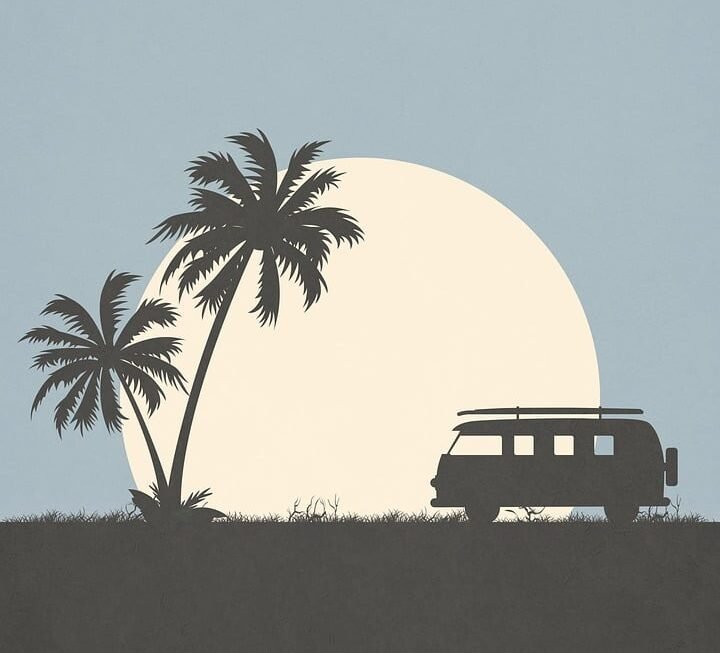Looking to crate train your furry friend in a small apartment? We’ve got you covered! In this article, we explore effective ways to maximize space for crate training in small apartments and other compact living spaces. Whether you’re a dog owner wanting to ensure a comfortable and secure space for your pup or a cat parent looking for a designated spot for your feline friend, these tips and tricks will help you make the most of your limited space. Say goodbye to clutter and hello to a well-organized living area that caters to both you and your pet’s needs.

This image is property of images.unsplash.com.
Choosing the Right Size of Crate
When it comes to crate training your dog in a small apartment or space, choosing the right size of crate is crucial. Measure your available space to determine the maximum dimensions that can comfortably fit in your home without obstructing walkways or causing inconvenience. Consider the size of your dog as well – it’s important to select a crate that provides enough space for your furry friend to stand up, turn around, and lie down comfortably. Additionally, look for collapsible or stackable crates that can easily be stored away when not in use, saving valuable space in your small apartment.
Utilizing Vertical Space
In a small apartment, optimizing your use of vertical space can greatly help in creating a suitable environment for crate training. Install wall-mounted shelves where you can place your dog’s bed or crate to keep them off the floor and free up valuable floor space. Another option is to hang the crate from the ceiling using sturdy hooks or a pulley system, which allows you to utilize the space above your furniture. You can also make use of the space above furniture by placing the crate on top of a bookshelf or cabinet.

This image is property of images.unsplash.com.
Optimizing Furniture Placement
One effective way to maximize space for crate training in a small apartment is by strategically rearranging your furniture. Consider moving larger pieces of furniture against the wall or to different areas of the room to create more open space in the center. This will give your dog ample room to move around and make it easier to incorporate a crate into the layout. Additionally, investing in multi-functional furniture, such as a coffee table with built-in storage or a sofa with a pull-out bed, can provide you with extra storage space while still accommodating your dog’s crate.
Creating a Dedicated Crate Area
To provide your dog with a sense of security and routine, it’s important to establish a dedicated crate area in your small apartment. Choose a quiet and low-traffic area where your dog can have some privacy and feel at ease. Consider using room dividers or curtains to physically separate the space and create a designated area for your dog’s crate. You can also enhance the area by incorporating visual cues, such as placing a mat or rug, which will help your dog understand that this is their personal space.

This image is property of images.unsplash.com.
Using Foldable or Portable Crates
Foldable or portable crates are ideal for small apartments as they can be easily stored away when not in use. Look for crates that can fold flat, allowing you to reclaim the space when your dog is not in the crate. Another option is to choose a portable crate on wheels, which provides the convenience of easily moving it around your apartment. Collapsible fabric crates are also a great choice as they are lightweight, easy to set up, and can be stored away compactly.
Maximizing Outdoor Space
If you have access to a balcony or patio, utilizing that space for crate training can be a great advantage. Set up your dog’s crate outside, ensuring that it is securely placed and sheltered from harsh weather conditions. This will not only give your dog some fresh air and exposure to the outside world but also provide them with a different environment to associate with their crate. Additionally, consider creating a small outdoor playpen or exercise area where your dog can enjoy some activity and playtime while still being safely contained.
Using Crate Alternatives
If you prefer not to use a traditional crate, there are alternative options that can be just as effective for containment. Playpens or baby gates can be used to create a designated area within your apartment where your dog can safely stay. This provides them with a sense of freedom while still being confined to a specific space. Another crate alternative is a doggy den, which resembles a cozy cove-like space. These dens are usually made of soft materials and allow your dog to have a retreat without feeling confined.
Implementing Positive Reinforcement Training Methods
Regardless of the method you choose for containing your dog, positive reinforcement training is essential in crate training. This involves rewarding your dog for desirable behaviors and gradually increasing their comfort level with the crate. Use treats, praise, and toys to associate positive experiences with the crate, creating a positive association for your dog. This will help them to feel more comfortable and at ease when inside the crate, making crate training a positive and enjoyable experience for both you and your furry friend.
Organizing and Storing Crate Accessories
To keep your small apartment organized and clutter-free, it’s important to have a designated storage space for your dog’s crate accessories. Utilize hanging organizers or command hooks on the wall to hang leashes, toys, and other essentials. Under-bed storage containers can be another great option to store blankets, extra bedding, and other crate-related items. Additionally, investing in a storage ottoman or bench can provide a stylish and functional solution for storing your dog’s accessories while also doubling as extra seating.
Incorporating Visual and Auditory Stimuli
Creating a stimulating environment for your dog can help to keep them engaged and entertained while in their crate. Provide a view of the outside world by placing the crate near a window or installing a window-mounted perch where your dog can observe the surroundings. Playing calming music or using white noise machines can also help in creating a soothing atmosphere for your dog. Additionally, interactive toys and treat puzzles can keep them mentally stimulated and provide a positive outlet for their energy.
Establishing a Routine and Consistency
Establishing a routine and maintaining consistency are key factors in successful crate training. Stick to a regular schedule for crate time, including specific times for meals, potty breaks, playtime, and rest. This will help your dog develop a sense of predictability and routine, making crate training easier. Additionally, use a consistent cue or command when it’s time for your dog to enter the crate, such as “crate” or “go to bed.” Consistency will help your dog understand and respond to commands more effectively. It’s crucial to avoid using the crate as a form of punishment as this can create negative associations and hinder the training process. Crate training should always be a positive and rewarding experience for your dog.
In conclusion, crate training can be successfully implemented in small apartments or spaces with some strategic planning and consideration of your dog’s needs. By choosing the right size crate, utilizing vertical space, optimizing furniture placement, creating a dedicated crate area, using foldable or portable crates, maximizing outdoor space, considering crate alternatives, organizing and storing crate accessories, incorporating visual and auditory stimuli, establishing a routine and consistency, and using positive reinforcement training methods, you can provide your dog with a comfortable and secure environment for crate training in your small apartment. Remember to be patient, consistent, and understanding throughout the process, and soon enough, your furry friend will feel comfortable and at ease in their crate.



